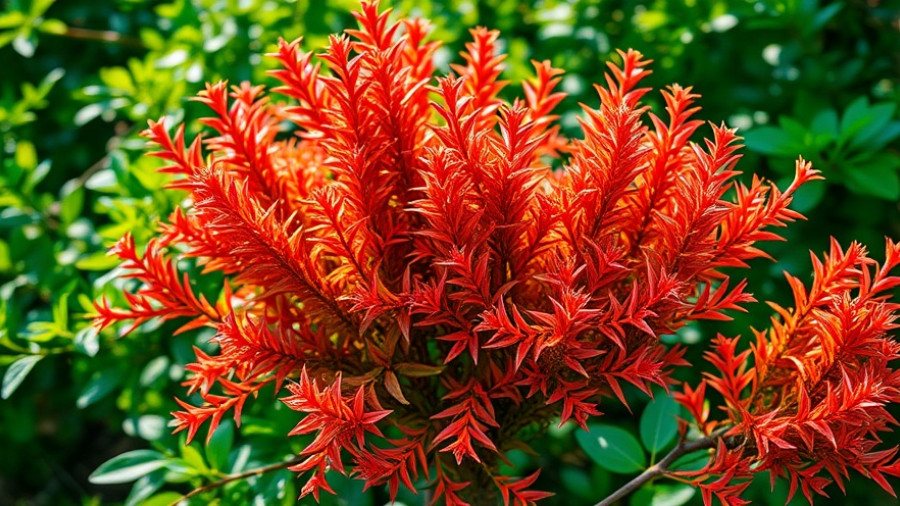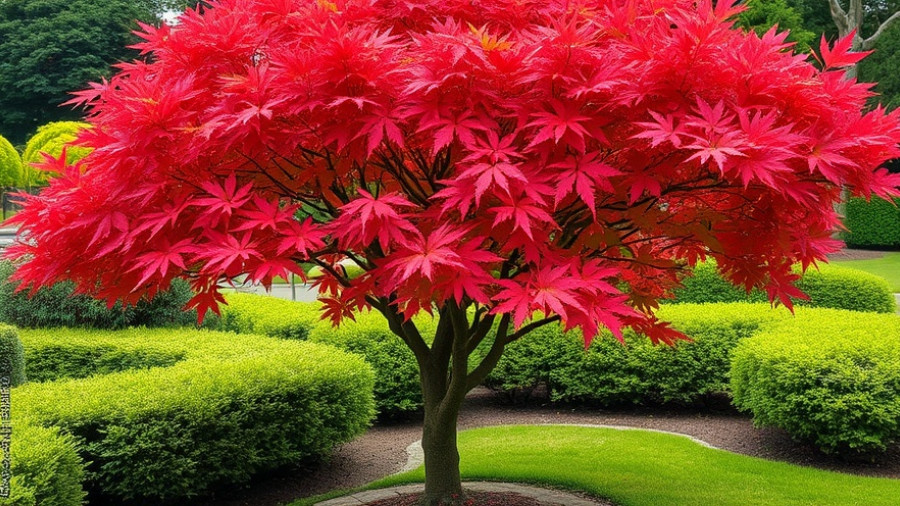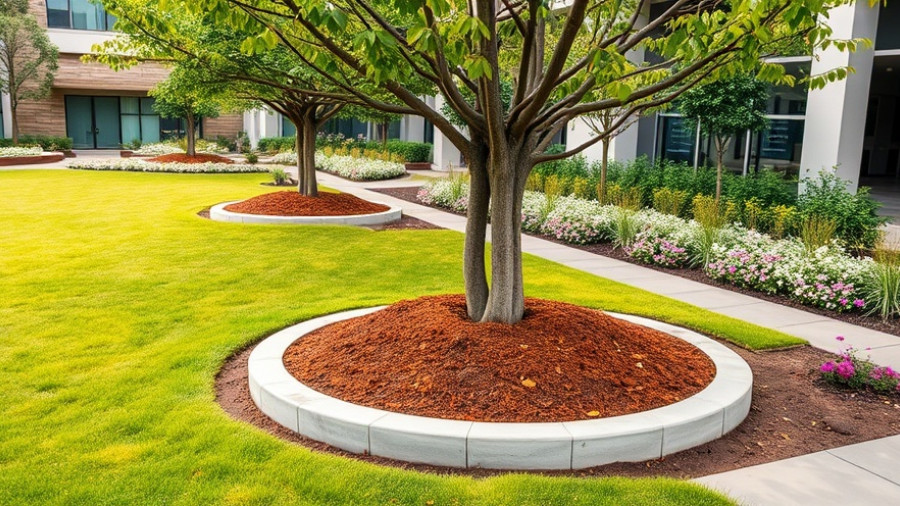
Surviving the Summer Heat: Essential Lawn and Landscape Tips
As the summer temperatures surge, maintaining a beautiful lawn and garden can feel like a daunting task. Many homeowners worry that their plants won't survive the heat, but with a few strategic adjustments, you can keep your landscape thriving through even the most blistering days. In this article, we’ll break down essential tips to ensure your landscape not only survives the heatwave but emerges healthier than ever by implementing smart lawn care practices.
In #2439 – Landscape Heatwave Survival | Roof Rejuvenation with Roof Maxx | Concrete Resurfacing Tips, the discussion dives into strategies for maintaining your home's exterior and landscape during the summer heat, exploring key insights that sparked deeper analysis on our end.
Why Proper Watering Techniques Matter
One common misconception among gardeners is that watering frequently is the key to preventing heat stress. However, it’s essential to change this mindset and focus on the depth and timing of your watering.
Water your lawn once or twice a week, aiming for about an inch of water. This encourages deep root growth, making your grass and plants more resilient to heat. To guide your efforts, place an empty tuna can in your yard while watering; when it fills to about one inch, you've watered sufficiently.
The Role of Grass Height in Heat Resistance
Raising the height of your mower blade can also significantly impact your lawn’s health during a heatwave. By keeping grass 3.5 to 4 inches tall, you create natural shade on the soil, which reduces evaporation and keeps both roots and soil cooler. This simple adjustment can help retain moisture, which is vital during scorching days.
Enhancing Your Garden’s Resilience
For those who cultivate flower and vegetable gardens, protecting your plants during extreme heat is crucial. Maintaining proper watering when the sun sets is essential to avoid stressing out your plants. Additionally, layering 2-3 inches of organic mulch around plants acts as an insulator, locking in moisture while suppressing weeds.
Innovative Solutions for Concrete Surfaces
If the heat has taken a toll on your concrete surfaces, don’t despair! Quickrete's Recap Trowgrade Concrete Resurfacer is a DIY-friendly solution that allows you to revitalize your driveway or patio without the expense of tearing it out. This concrete resurfacer bonds strongly to existing surfaces, providing a wear-resistant finish that stands up to the summer heat.
Why Bother with Roof Rejuvenation?
While focusing on your garden and lawn, don’t forget about your roof! As summer storms roll in, an aging roof is particularly susceptible to wear and tear, which can lead to leaks and damage. Roof rejuvenation systems, such as those offered by RoofMax, can extend the lifespan of your roof while providing a cost-effective alternative to a full replacement.
With summer peak around the corner, taking proactive steps in maintaining your landscape and home exterior will ensure both stand the test of time against the elements. Your outdoor spaces signify the pride of homeownership, so treat them right!
If you're eager to put these strategies into action, don’t wait until the heat takes its toll on your lawn and garden. Get started today to create a beautiful and resilient landscape!
 Add Row
Add Row  Add
Add 




Write A Comment